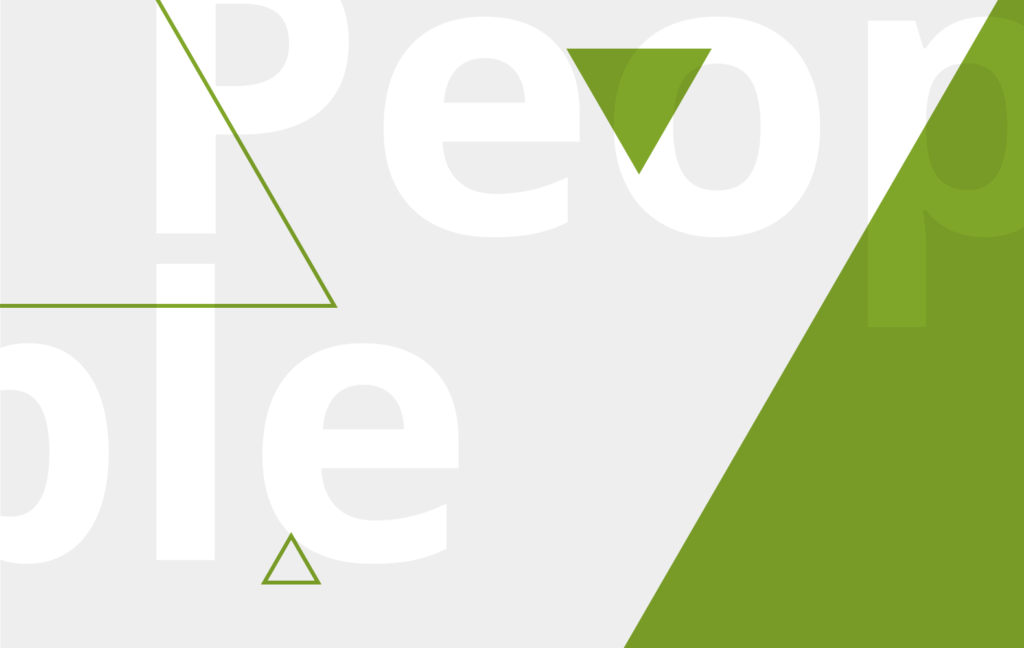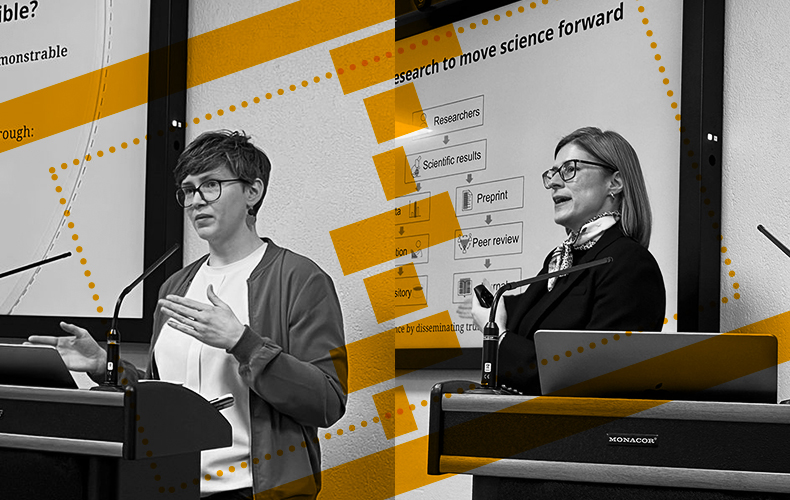29 March 2019 – Before a paper is accepted for publication in an EMBO Press journal, all images are checked for discrepancies, mistakes and image aberrations. Data integrity analyst Erica Wilfong Boxheimer describes the process and why EMBO Press invests in this additional step.
Why does EMBO Press check images?
The aim is to keep the scientific record accurate, and we offer image checking as a service to authors, giving them the chance to address aberrations before publication. If we notice anything that could point to serious data manipulation, we also alert the authors’ institute, so that appropriate steps to resolve the matter can be taken.
At the same time the process supports EMBO activities on responsible conduct of research. If we spot discrepancies in figures we can help scientists to understand what constitutes bad practices and support principal investigators in training their lab.
How does the figure checking process fit into the editorial workflow?
Currently we only check figures in papers that have been peer-reviewed and invited for revision. These papers are checked manually when the revised manuscript is submitted. Across our five journals we receive almost 3,000 submissions per year, so without automation it is unfortunately not scalable to check all papers at initial submission.
What are the things you look for?
We are looking for things like changes in patterns or a discontinuity in the background of images. Sometimes these are easy to see with the naked eye. Other times, for example when the background is black, they aren’t visible without image adjustments.
Do you use particular software for screening?
The typical process is to compare each figure to the other figures in the paper looking for duplications. We check for duplications manually, and use Photoshop tools and filters to adjust images to look for aberrations. By enhancing the background or increasing the contrast we can more easily identify discontinuities in the background or at the edges of pasted objects. We apply a standard set of filter adjustments that can reveal traces of editing to each image.
What do you do once you identify a problem with an image?
We class manipulations into three groups. Level 1 cases are cosmetic aberrations that can be resolved after looking at supporting source data – in this case we usually allow figure revision.
Level 2 cases involve data ‘beautification’ and undeclared image manipulation. Depending on the case we may allow revision or report details to the institute or university.
Level 3 is the most serious and involves image manipulation without explanation and without compelling source data. In this case we report the case to the authors’ institute for investigation and we don’t pursue publication of the manuscript as we will have lost confidence in the integrity of the body of work.
What sort of discrepancies do you notice most frequently?
The two things we find most often are duplications and splice sites, for example in Western blots. With many duplications we find that authors for example did not indicate that they are re-using the same control as part of the same experiment, but sometimes authors also re-use control across independent experiments.
In the case of splicing, for example to remove lanes from a blot, my impression is that this often done because the authors feel that it makes figures looks nicer – it’s something we call ‘beautification’. Nonetheless, we need to flag it up, as it could be seen to misrepresent the data unless the splice is marked properly.
More serious manipulations are the dropping in of single bands into a blot or additional cells into a micrograph. Patches like these occur much less frequently, but are particularly important for us, as they cannot usually be explained by sloppiness or haste in preparing the figures.
How do authors respond when you inform them of your findings?
Of course it depends on the person, but most authors are grateful that we found figure issues before publication and scrutiny in the public domain.
Often the corresponding author is surprised that we found issues. But this also gives them as lab leader a chance to improve processes in the lab and between collaborators.
How do handle more serious issues of image manipulation?
Sometimes we have to contact the authors’ institutions to encourage them to launch a formal investigation. Unlike us, the institute can view lab notebooks and talk to the scientists involved to try to recreate what happened. In rare cases we have had to do this, too, but it is basically impossible to judge the cause of problems accurately and fairly from a distance.
The authors usually cooperate with us. And we explain that it is in the authors’ best interest to sort out any problems before publication, as these investigations are – potentially – less damaging to their career if the issues are sorted in advance of publication instead of having to deal with corrections or even retractions.



